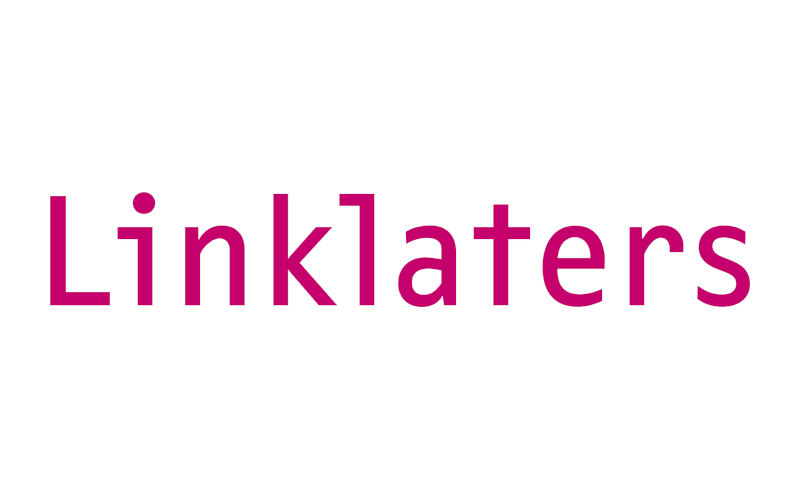


EMEA credit markets have faced a number of challenges in recent months from high inflation, rising interest rates and the war in Ukraine. The tough macroeconomic backdrop has led to a slowdown in primary issuance with more punitive coupons required to price deals versus the low coupons at the peak of the credit cycle. This has also meant a number of more unorthodox issuance transactions, such as amend-and-extend deals or exchange offers, have been required for issuers to get deals away.
Difficult primary market conditions combined with increased company operational strife in the current inflationary environment have also contributed to a repricing of default risk. Many analysts have predicted a rise in corporate issuer default rates in the coming year with a high dispersion among analyst forecasts. Rising inflation has led to reduced near-term operating margins as companies take time to pass on cost inflation as higher prices. Consumer incomes have also been squeezed and the cost of living crisis has led to a slowdown in the housing market.
In Europe, the high yield real estate sector has appeared on distressed investor radars as slow execution of selling assets, high loan-to-value ratios and corporate governance risks have all contributed to sliding debt prices.
The consumer sector has also offered opportunities for distressed debt investors, as disposable incomes come under pressure and and rising inflation puts pressure on margins. In the CEEMEA region, sovereigns and corporates are also at risk from a new restructuring wave following the Ukraine war.
Meanwhile, issuers with exposure to Russia, be it via operational presence in the country or simply by having Russia-linked stakeholders, have scrambled to sever those ties as they seek to dodge the international sanctions’ bullet. These extraordinary situations have generated novel questions that various courts across the globe, including those in the UK, have been grappling with.
There also remain other sectors and geographies appearing on the radars of distressed investors.
The energy sector has had a number of rulings such as the Energy Transfer Scheme, which can impact distressed sector investments while commodity prices remain volatile.
Spain could also be a geography to focus on with a new insolvency moratorium introduced by the government post-pandemic. The ABS market will also be a source of volatility given rising mortgage costs and falling property values.
The current economic backdrop clearly remains less benign than in recent years. But credit markets have witnessed systematic shocks in the past such as the COVID-19 pandemic, while long issuer maturity profiles mean the market can withstand a bear-case scenario of a closed issuance window in the short-term.
The number of opportunities for distressed debt participants can therefore increase should default rates continue to climb.
Adam Samoon
Head of High Yield, Debtwire
Hossein Dabiri
Head of Court Reporting EMEA, Debtwire
Add the following topics to your interests and we'll recommend articles based on these interests.


About Corporate Turnaround part of Deloitte Performance Improvement
Organisations facing strategic, operational and financial challenges need the right experts to work with their people to restore confidence and stability. The Corporate Turnaround team is adept at managing client and stakeholder dynamics to find the right liquidity and financing solution delivered in the most effective way to achieve a positive outcome.
We work with organisations and their stakeholders in times of stress or distress to create a stable platform for recovery and refinancing. We’re able to bring independent thinking to the big picture issues, working to bring stakeholders onside and shaping long term turnaround and restructuring solutions that will bring an organisation’s performance and financing back to health.
Across the performance life cycle, we deliver the most impact and expertise working with companies that are struggling financially and supporting them back to health. We collaborate with Value Creation Services to support our clients’ plans with strategic and commercial actions, bringing rapid operational improvement by leveraging the team’s ability to deliver financial impact at pace. Debt, Capital and Treasury Advisory bring invaluable expertise in unlocking new debt streams and refinancing options, as well as enriching our mediations between organisations, their lenders and other stakeholders.
Find our more: Corporate Turnaround | Deloitte UK
About Deloitte
Deloitte is a leading global provider of audit and assurance, consulting, financial advisory, risk advisory, tax, and related services, with approximately 330,000 people in more than 150 countries and territories.
Our culture and purpose – to make an impact that matters – is shared by our member firms all over the world and is brought to life in our work for clients, but also in three common ambitions:
our WorldClass initiative, through which we will support 50 million people by 2030 develop job skills, improve educational outcomes, and access opportunities to succeed in this new economy;
our WorldClimate sustainability strategy, through which our people are playing their part by making responsible climate choices within our organisation and beyond;
our ALL IN diversity and inclusion strategy.

Find new investments, capture flow, and win more deals.
The first end-to-end platform for leveraged capital markets professionals merging human insights and machine intelligence to deliver groundbreaking predictive analytics.
Request a demoThe third edition of the premier women's event for the CLO market returns to London!
The Landmark, London
An error occurred trying to play the stream. Please reload the page and try again.
Close